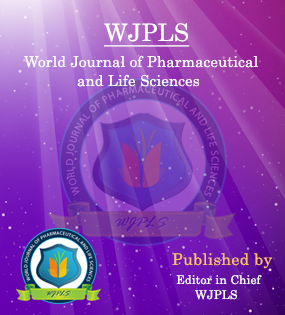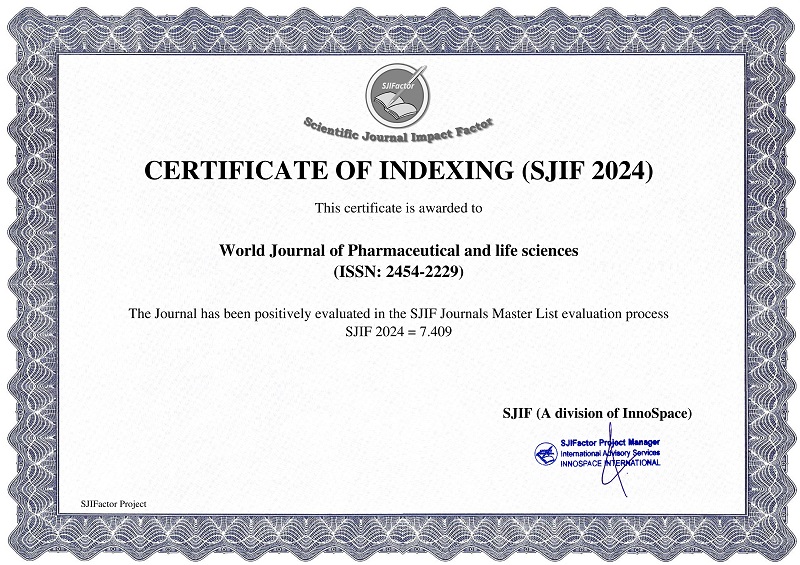Abstract
REVIEW ON CAMEL TUBERCULOSIS: DIAGNOSIS, PATHOLOGY AND PUBLIC HEALTH SIGNIFICANCE
Jemal Ahmed Yessuf, Yasmi Jibril, Yibrah Tekle* and Gezahegne Mammo
ABSTRACT
Tuberculosis is a chronic, contagious, granulomatous disease caused by mycobacterial species belonging to the Mycobacterium tuberculosis complex. Camel tuberculosis has been diagnosed in many countries of the world since the beginning of 19th Century and it has worldwide distribution camelids were not considered highly susceptible to tuberculosis but in recent years increased numbers of cases have been experienced in some countries. In most of the cases transmission probably occurs through contact with infected cattle or wildlife. The occurrences of TB in camels relatively higher in the younger and older camels than other age groups. There are many potential sources of infection for came lids including airborne, droplets, feed contaminated with feces and urine of infected camel. Tuberculosis is spreads in the body of infected animals by two stages these are the primary complex and post primary disseminations. The organs most frequently affected in both groups of camelids are the lungs and associated thoracic lymph nodes where typical caseonecrotic lesions can be particularly extensive. Gross and microscopic lesions are important for the diagnosis of camel tuberculosis. None of the ante-mortem tests currently available can consistently provide accurate diagnosis of the infection in live camelids. Recently developed serological assays have the potential for rapid and accurate diagnosis of tuberculosis but still need to be validated. The clinical signs of TB in camelids include wasting, anorexia, respiratory distress, enlargement of superficial lymph nodes, decumbency, chronic weight loss or emaciation, weakness, dyspnea and cough eventually death. Control of TB is the subject of statutory regulation with culling of infected animals. Treatment of infected animals is not usually attempttedal though; there are some reports of anti-TB drugs being used in captive wild animals. There are approximately 1415 pathogens known to affect humans of which about 61% of all human pathogens are zoonotic. Human tuberculosis of animal origin (zoonotic TB) is an important public health concern in developing countries. TB infection in human is principally caused by M.tuberculosis however; human TB animal origin caused by M.bovis is becoming increasingly prevalent.
[Full Text Article] [Download Certificate]WJPLS CITATION 
| All | Since 2020 | |
| Citation | 590 | 424 |
| h-index | 12 | 10 |
| i10-index | 17 | 14 |
INDEXING
NEWS & UPDATION
BEST ARTICLE AWARDS
World Journal of Pharmaceutical and life sciences is giving Best Article Award in every Issue for Best Article and Issue Certificate of Appreciation to the Authors to promote research activity of scholar.
Best Article of current issue
Download Article : Click here





